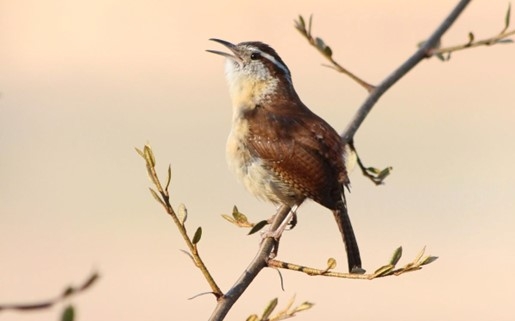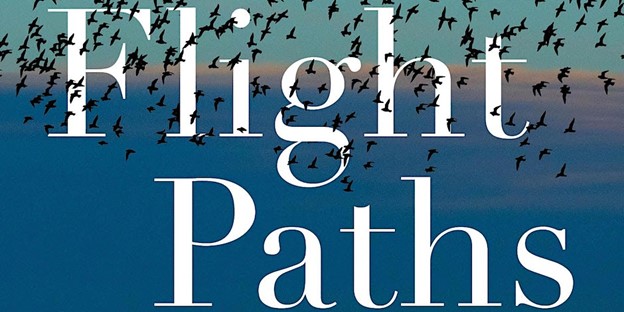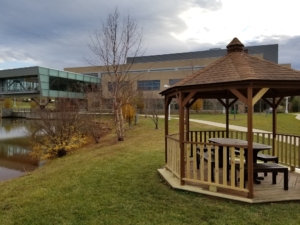Birding By Ear for Beginners with Colt Gregory, April 23rd
Photo: Carolina Wren, David Smith/Audubon Photography Awards
Tuesday, April 23, 2024
7:00 PM – 8:00 PM
Virtual Seminar
ASNV Member ticket: $10 (Non-member ticket: $20)
Did you know you don’t even need binoculars to explore the big world of birds? Often it is faster and easier to identify a bird by its song – if you know how to bird by ear. In this program, Colt Gregory will:
-
explain the many benefits of birding by ear
-
introduce some of the most common birds by their songs and calls
-
share resources and apps to help you practice and improve your birding by ear skills.
This program is intended for beginning birders but may be a helpful refresher for more experienced birders. This program welcomes children aged 10+ if they are accompanied by a participating adult.
Colt Gregory is a member of the Audubon Society of Northern Virginia, Northern Virginia Bird Club, and Arlington Regional Master Naturalists, serving on ARMN’s Training Committee. Colt co-leads the weekly Sunday bird walks at Great Falls National Park and leads several routes in regional Christmas Bird Counts. He enjoys hiking, camping, and birding during both. He believes that Audubon programs provide a better understanding of the relationships among plants, animals, and the environment while giving us all opportunities to volunteer, educate, and learn.
Colt will lead an optional field trip in northern Virginia on Saturday, April 27, 2024, at 8:00 AM for up to 15 local Birding by Ear participants. The fee is $30 per person. Click here to register for the field trip. The field trip is first come, first served, and there will be a waitlist. The field trip will be in Great Falls, VA. The exact location will be shared only with field trip registrants.






